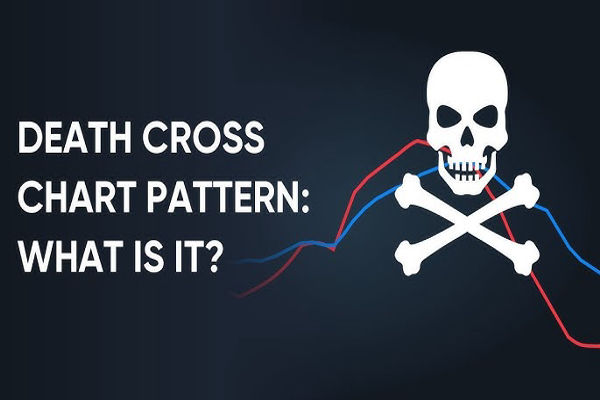Recent developments in the swap market show that swap transactions exhibit a
series of unique characteristics and prospective trends. The following will
discuss several key features and development trends of swap trading.
1. The composition of participants in the swap market is shifting from
end-users to intermediaries.
The swap market consists primarily of two participant groups: end-users and
financial intermediaries. These two groups utilize the swap market for different
purposes.
End-users, including banks, corporations, financial and insurance
institutions, international organizations, agencies, and government departments,
utilize the swap market primarily for:
Financial intermediaries or interbank participants, on the other hand, employ
the swap market to generate fee income or profit from trading opportunities.
This includes banks and Securities firms from the United States, Japan, the
United Kingdom, and other European countries. For commercial and investment
banks, swap transactions are an attractive source of off-balance-sheet
income.
The actual composition of the swap market reveals that the transaction volume
of end-users is greater than that of financial intermediaries. As of the end of
1988, out of a total notional principal amount of $10.102 billion for interest
rate swaps, end-users' swap amount was $6.689 billion, while the swap amount
among member banks of the International Swap Dealers Association was $3.413
billion.
Entering the 1990s, with the decline of mergers and acquisitions in the
corporate sector, leveraged swap transactions and merger-related swaps
decreased, leading to a reduced growth rate in end-user demand for swaps. In
contrast, the utilization of swaps by financial intermediaries increased. By the
end of 1990, the proportions of end-users and financial intermediaries in the
total outstanding notional principal amount of interest rate swaps were 61% and
39%, respectively. In the first half of 1991, newly arranged interbank swaps
amounted to $335.4 million, accounting for 44% of the total newly arranged
notional principal amount of interest rate swaps.
2. Swap traders are becoming more sensitive to counterparty risk.
The swap market exhibits a dual nature. On one hand, it functions as a
wholesale market where transactions follow predetermined rules and take place on
screens. Approximately one-third of interest rate swaps and one-fourth of
currency swaps are relatively standardized transactions. On the other hand, swap
transactions occur over-the-counter, with a retail market or discretionary
characteristics, requiring individual arrangements for each trade.
While this provides flexibility for traders, it often results in greater
opacity due to individual arrangements or end-users' motivations, compounded by
significant uncertainty in regulatory norms for over-the-counter transactions by
various national authorities, leading to substantial market risks. In January
1991, the UK House of Lords passed a law rendering government authorities,
including local officials, participating in swap transactions and related
activities illegal. This law caused substantial losses for many participating
banks in swap transactions.
Since the 1990s, due to the ordinary crises in Western banking, numerous bank
bankruptcies, and credit downgrades, swap participants have faced increased
counterparty risk. The market's response to heightened counterparty risk has
been the shortening of newly arranged interest rate swap tenures. Longer-term
swaps are arranged by institutions with higher credit ratings.
To reduce credit and payment risks in swap transactions, the International
Swap Dealers Association has incorporated credit risk control for members during
the existence of transactions in the revised "Interest Rate and currency swap
Agreement." Standardized agreements employ a series of clauses regarding
statements, agreements, defaults, terminations, illegal events, credit change
events, and bank capital changes, defining the rights and obligations of both
parties concerning credit.
Simultaneously, to mitigate payment risks for counterparties, the standard
agreement stipulates the method of offsetting payments in the "Master
Agreement." On the transaction payment date, the parties offset the income and
expenditure from all swaps of the same currency against each other, with the
party with the larger payment amount paying the difference after offsetting.
The "Interest Rate and Currency Swap Agreement" is a legally binding document
with certain constraints on swap transactions. Market participants utilizing
this agreement can reduce financial and credit risks in swap transactions
through the aforementioned risk management clauses. However, from a market
perspective, given the lack of standardized agreement accounting systems and
financial disclosure mechanisms for over-the-counter instruments, traders,
despite being more cautious and focused on counterparties' financial conditions,
find it difficult to effectively avoid losses caused by counterparty risks
during the transaction process.
3. In the currency composition of interest rates and currency swaps, the
proportion of swaps denominated in USD and swaps with USD participation has
noticeably decreased.
As of the end of 1988, interest rate swap amounts denominated in USD totaled
$728.2 billion, accounting for 72% of the total outstanding notional principal
amount for the same year, while interest rate swaps denominated in other
currencies comprised only 28%. In 1989, interest rate swap amounts denominated
in USD constituted 66% of the total outstanding notional principal amount, with
interest rate swaps denominated in other currencies, including JPY, GBP, and
DEM, accounting for 34%.
By the end of 1990, interest rate swaps denominated in USD accounted for only
55% of the total outstanding notional principal amount, while other
currency-denominated interest rate swap amounts reached 45%. Among these,
interest rate swaps denominated in CHF, GBP, and CAD experienced the fastest
growth.
By the end of 1991, interest rate swaps denominated in USD and other non-USD
currency-denominated interest rate swaps accounted for 49% and 51% of the total
outstanding notional principal amount, respectively. The dominant position of
interest rate swaps denominated in USD had reversed. Among these, significant
increases were observed in interest.
Disclaimer: Investment involves risk. The content of this article is not an investment advice and does not constitute any offer or solicitation to offer or recommendation of any investment product.






